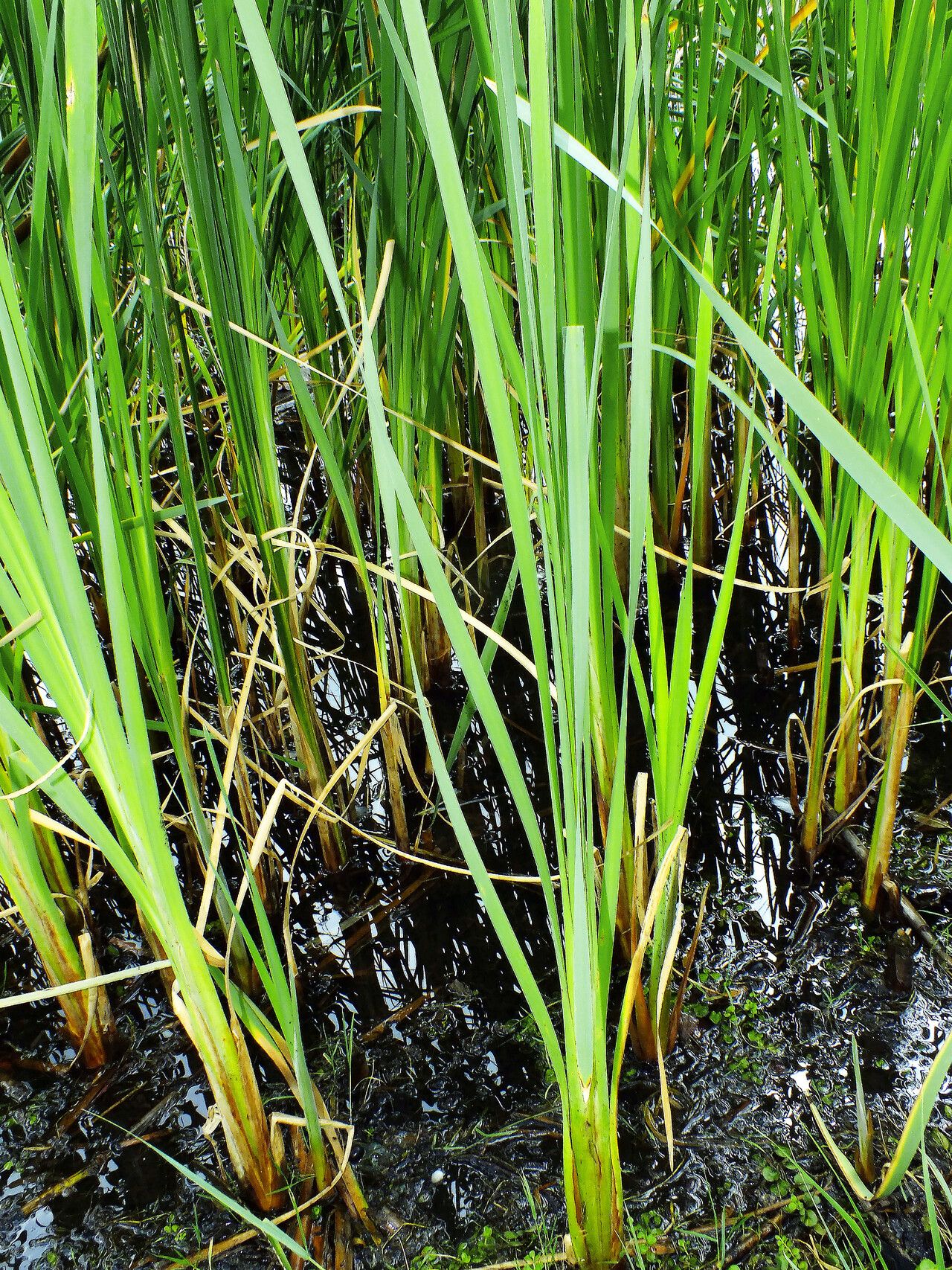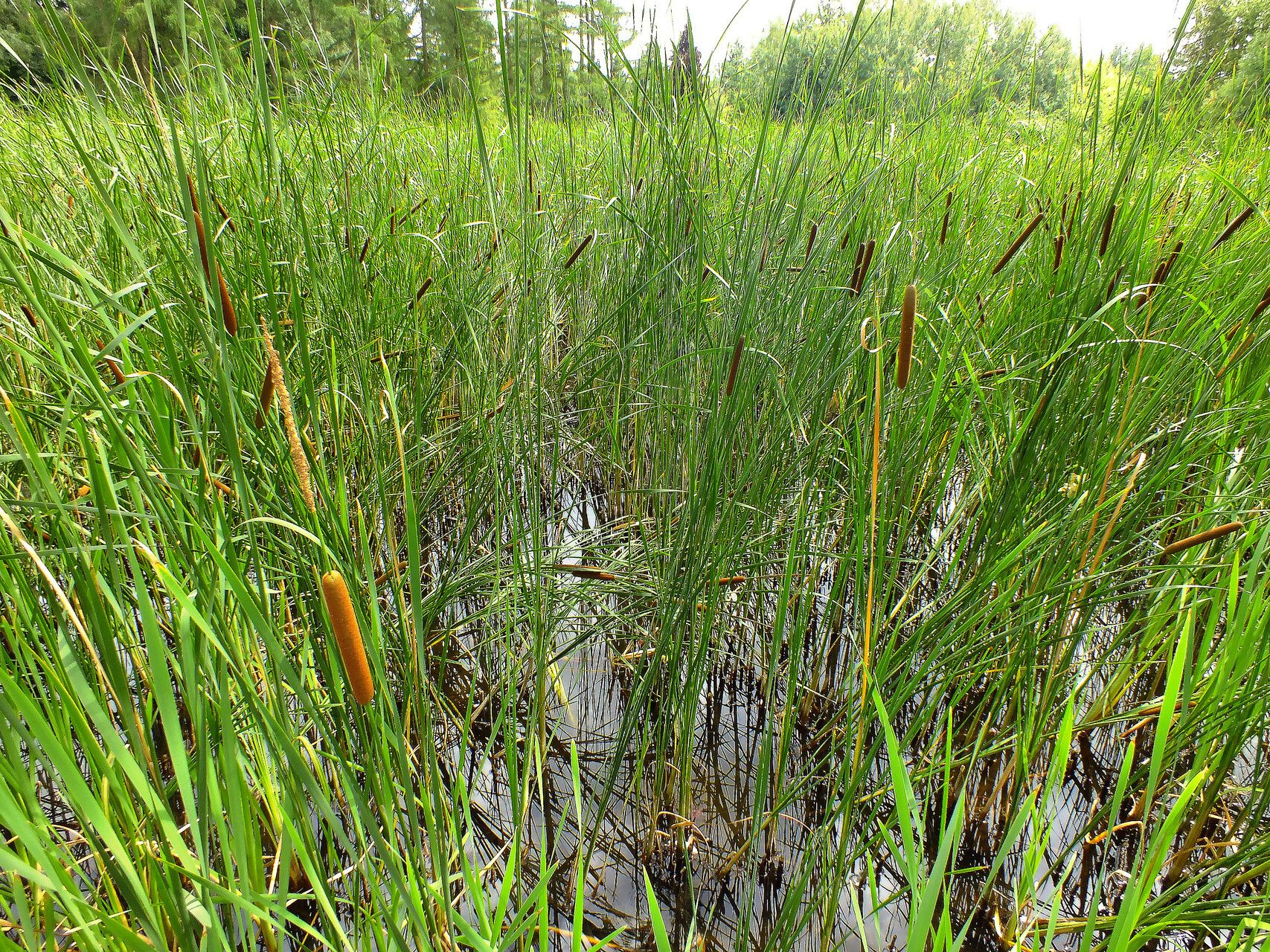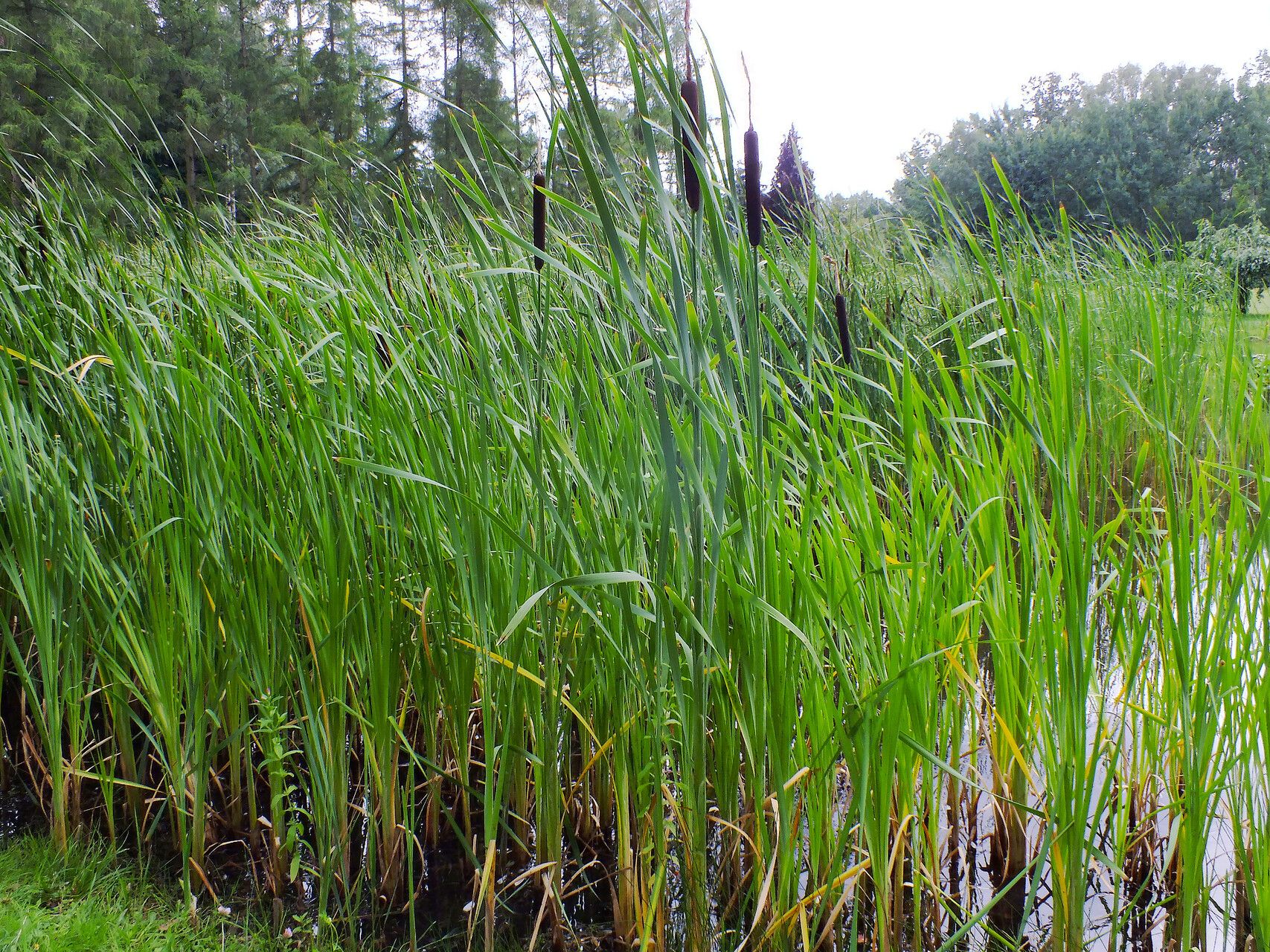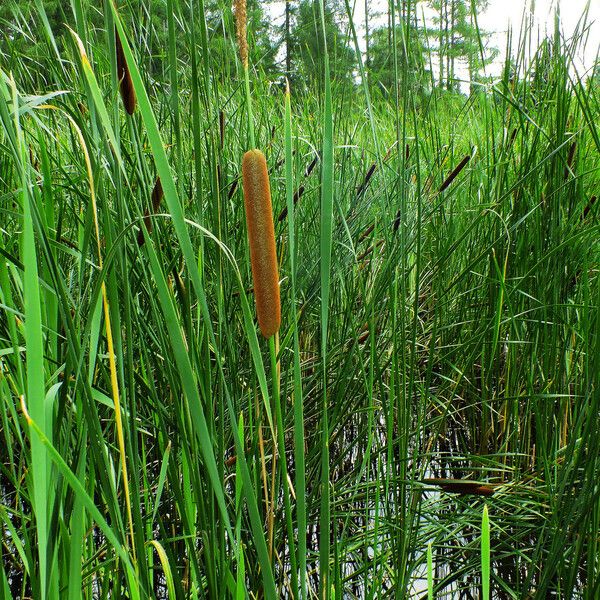Beobachtung
Bestimmung
Proposed determination
Wahrscheinlicher Name (Eingereichter Name)
100 %Confidence score
Suggest another determination
You don’t agree with the suggested species but don’t have another suggestion
Kommentare
Zusätzliche Daten
Erstellungsdatum
19. Juli 2024
Zuletzt überprüft
25. Juli 2024
Łódź, Botanical Garden
It is native to northern Africa, Europe, middle & western temperate Asia, China, and naturalised in North America.
Edible plant - rhizomes raw or cooked, they can be boiled and eaten like potatoes or macerated and then boiled to yield a sweet syrup; rhizomes can also be dried, ground into a powder and then used as a thickener in soups or added to cereal flours; young shoots in spring raw or cooked, an asparagus substitute; base of mature stem raw or cooked; young flowering stem raw, cooked or made into a soup; seeds cooked, also an edible oil could be made of the seeds; pollen raw or cooked, a protein rich additive to flour used in making bread, porridge.
Herbal plant - pollen is diuretic, emmenagogue and haemostatic, the dried pollen is said to be anticoagulant, but when roasted with charcoal it becomes haemostatic; the hairs on the fruiting spikes are used for dressing burns; an infusion of the root has been used in the treatment of gravel.
Usable plant - extensive root system makes it very good for stabilizing wet banks of rivers, lakes; it can be grown in reed beds and other water purification systems in order to remove various kinds of pollutants from the water and soil; the female flowers make an excellent tinder and can be lit from the spark of a flint; the pollen is highly inflammable and is used in making fireworks.
Shared in
Gruppen (13)







